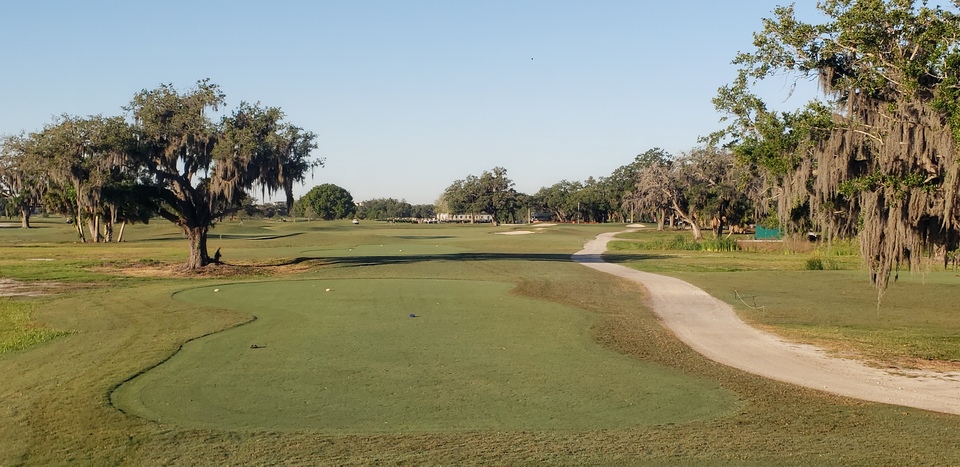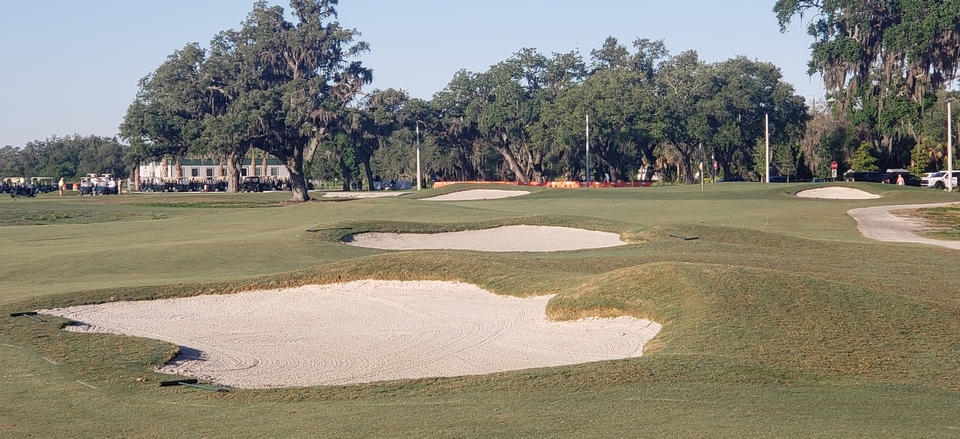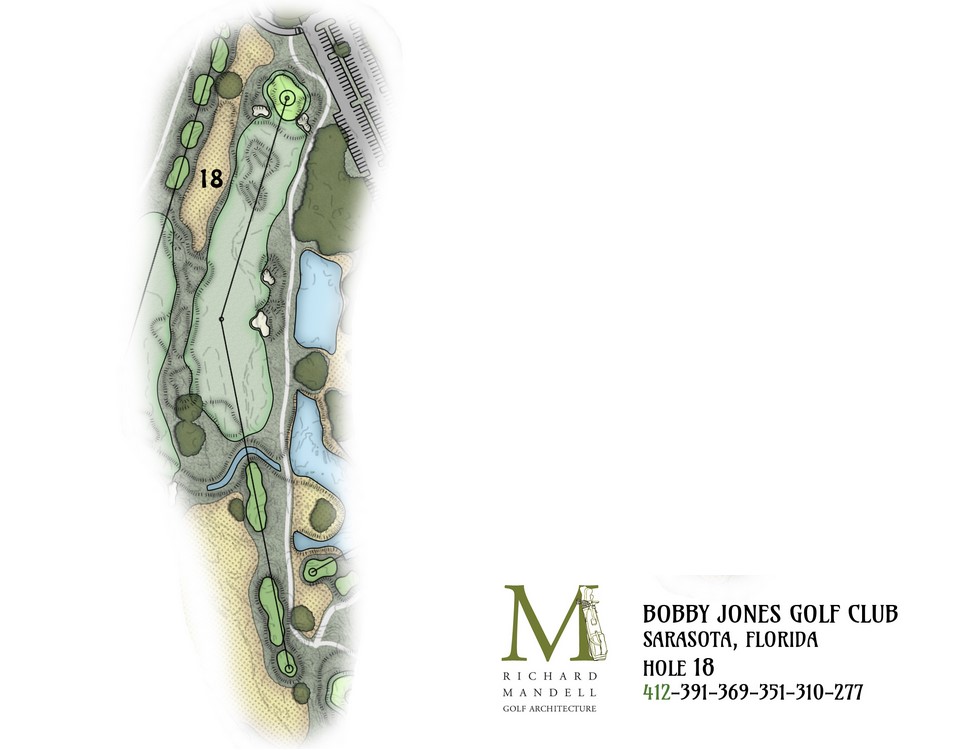18th hole / 418 Yards / Par-4
Architect: Donald Ross (1926)
Updated: Richard Mandell (2023)
Over the duration of time all golf courses evolve. While all are clearly aligned with Mother Nature it is the manner by which ownership goes about future care and planning that plays a critical role in how such courses develop in the years that follow.
Augusta National Golf Club, annual site of the Masters tournament, has evolved greatly from the original design by star golfer Bobby Jones and renowned architect Dr. Alister MacKenzie.
Some of those “improvements” as stated by former Masters chairman Clifford Roberts, worked very well, while others in the most recent of times, have clearly altered the original philosophies of Jones and MacKenzie.
Interestingly, the name of Bobby Jones was used for a mega-public course project in Sarasota, Florida which opened in the 1920s. Jones was a regular visitor to the area during winter months and when the community of Sarasota looked to include golf for its citizens his name was used.

The golf project included two 18-hole layouts and an adjoining short course. The most prolific architect of the day – Donald Ross – was hired to do the work.
Over the years that followed a number of changes were implemented. Some clearly deviating from his original design.
In recent times the golf offerings were reduced from 36 to 18. The course that exists today is a product of using one of the nines from each of the original 36 holes.
Architect Richard Mandell was hired to do the updating of the condensed main course and to provide a systematic overhaul of the 9-hole Par-3 John Hamilton Gillespie course slated to open in May.
The “new” short course will feature holes ranging from 75 to 188 yards and provide for multiple ways to play each hole.
Mandell had the challenge of trying to keep the Ross philosophy as a central tenet in playing the “new” 18-hole layout.
Among the more engaging holes is the final hole – a par-4 of 418 yards.
The original 18th called for a sweeping dog-leg right that required two well-placed shots to reach the vexing putting green surface.
Over the years the Ross 18th changed with a cart path too close to the fairway. In addition, the fairway was blocked by the encroachment of trees pinching in from the right. The original green had also shrunk and was unable to handle the existing contours Ross provided.
Some palm trees also interfered on the front right of the green causing shade issues to occur.
Interestingly, the original tee for the 18th was to be located at the base of the existing 17th — 45 yards behind the back tee.
A pond was also added in 1987 – which only further narrowed the fairway. The left half of the Ross fairway would be in the pond.
Mandell’s far-reaching effort has clearly rejuvenated the closing hole and provided for a fitting climax to the round.
The Ross back tee has been restored to its original location and additional tee boxes were added. The ill-conceived pond was removed and a series of mounds were added on that side to provide separation from the adjoining 10th hole.
In addition, two fairway bunkers were added to the right side of the hole to provide golfers with a deterrent for those looking to secure a shorter approach into the green.
Trees were also removed to provide for increased sunlight. Closer to the green a low depression was created to retain stormwater when large rain events occur but remains dry and playable as rough year-round.

Two diagonal mound complexes were also restored in the middle of the fairway approximately 40 and 70 yards short of the green.
The most important aspect comes with the green which was restored to the original plan with two wing bunkers on the left and front right which cut into mound complexes running along both sides of the green. A third mound complex sits at the back corner of the putting surface.
One final feature is how the right side of the green sits perilously close to an out-of-bounds area that creeps ever so near and can be accessed with a flared shot that’s poorly executed.
Mandell added, “The hole has a great balance between playability and challenge for the majority of golfers with the opportunity to carry the right-side fairway bunkers in attempting to cut the corner. The farther left one plays off the tee the greater the distance for the approach to a plateau green that demands accuracy.”

Related: Grade “A” Architecture – Valencia CC
Bobby Jones the golfer would enjoy the challenge his namesake course provides with the much-improved climatic hole. Golf courses do evolve over time and the need for proper stewardship is crucial in maintaining the original character created.
Mandell’s 21st century involvement has certainly dusted off a Ross design and rejuvenated this public course gem with a sparkling luster.
